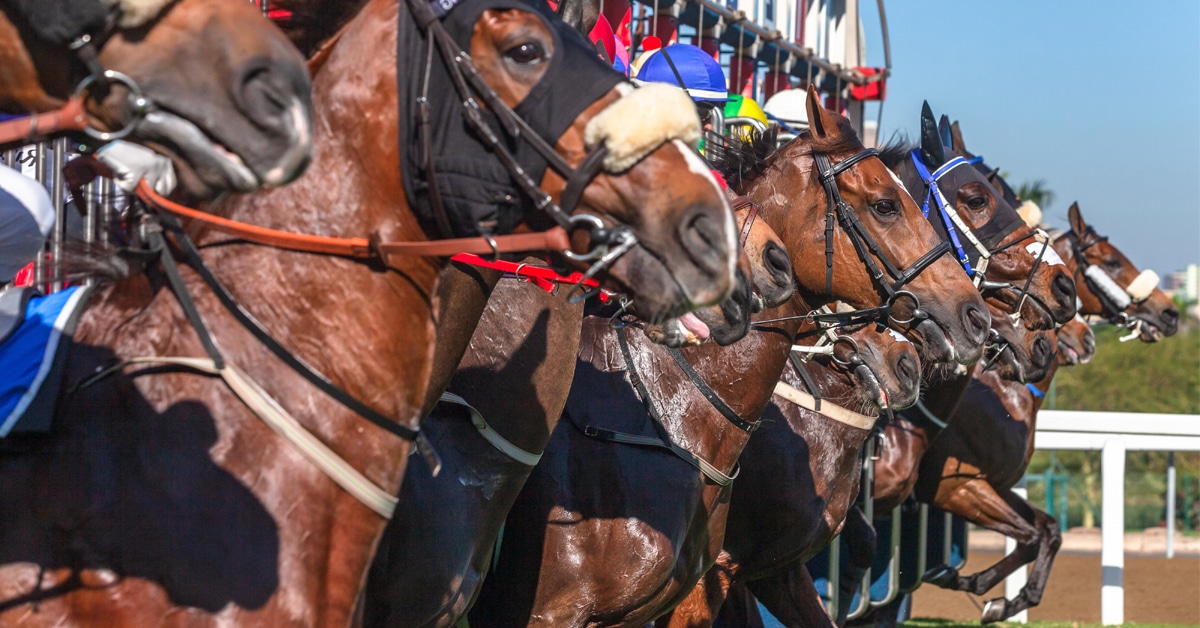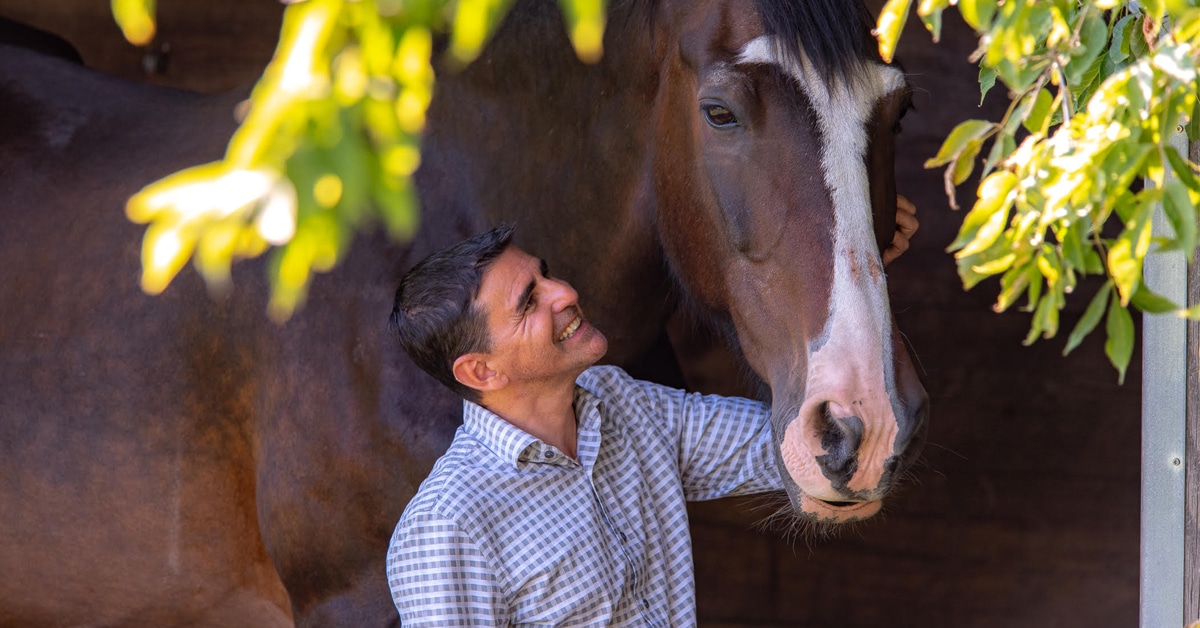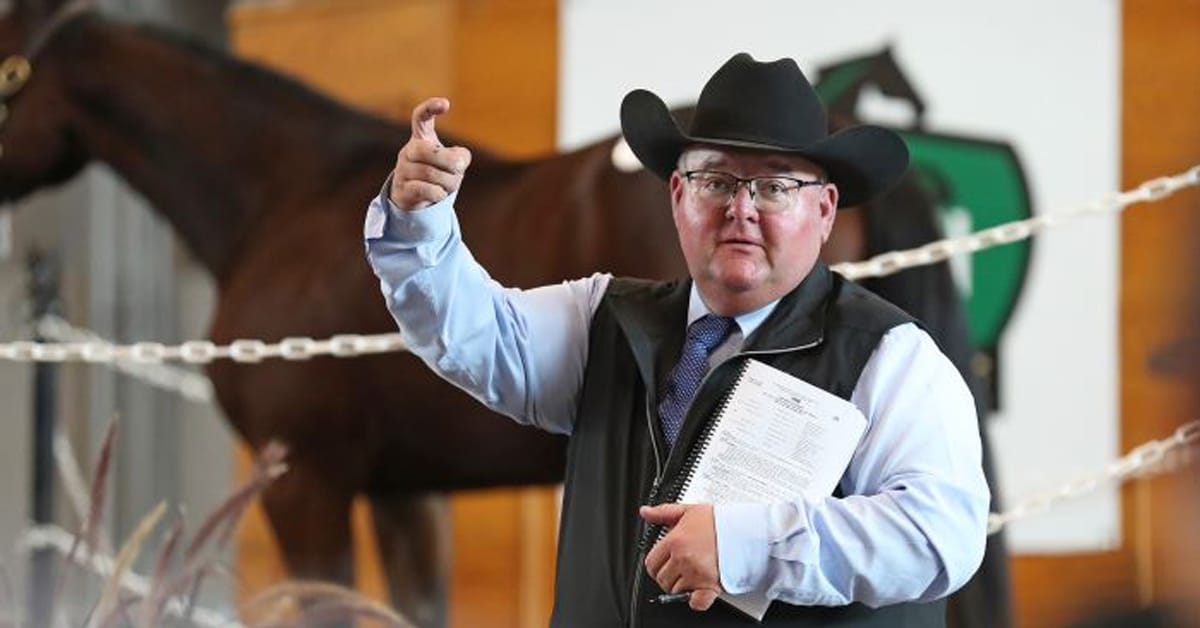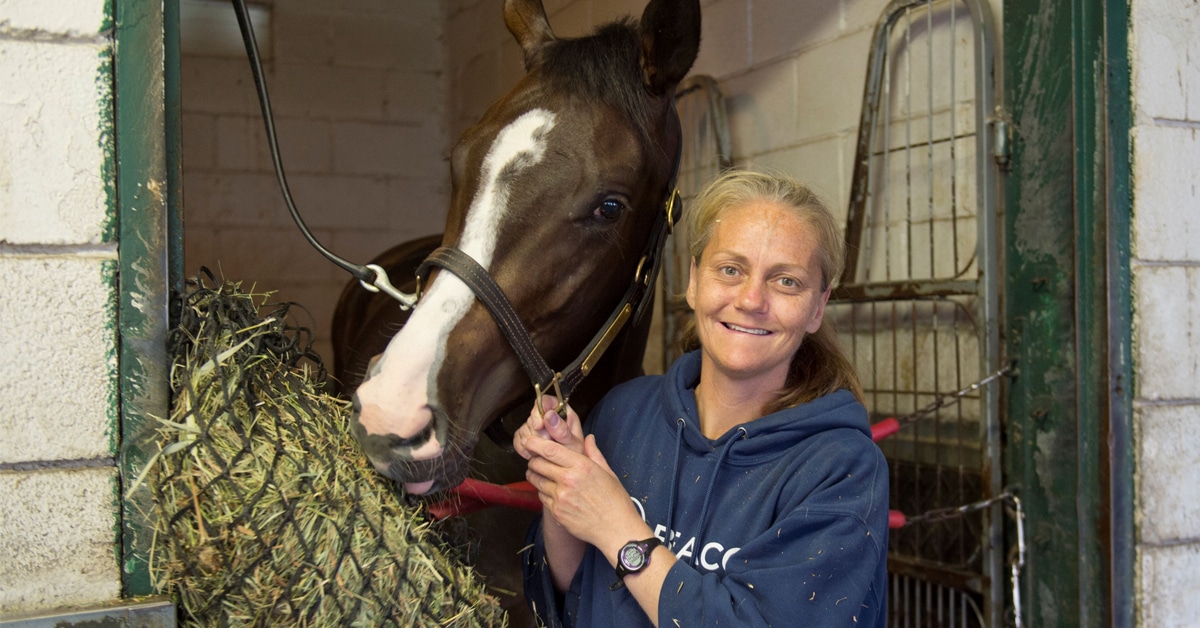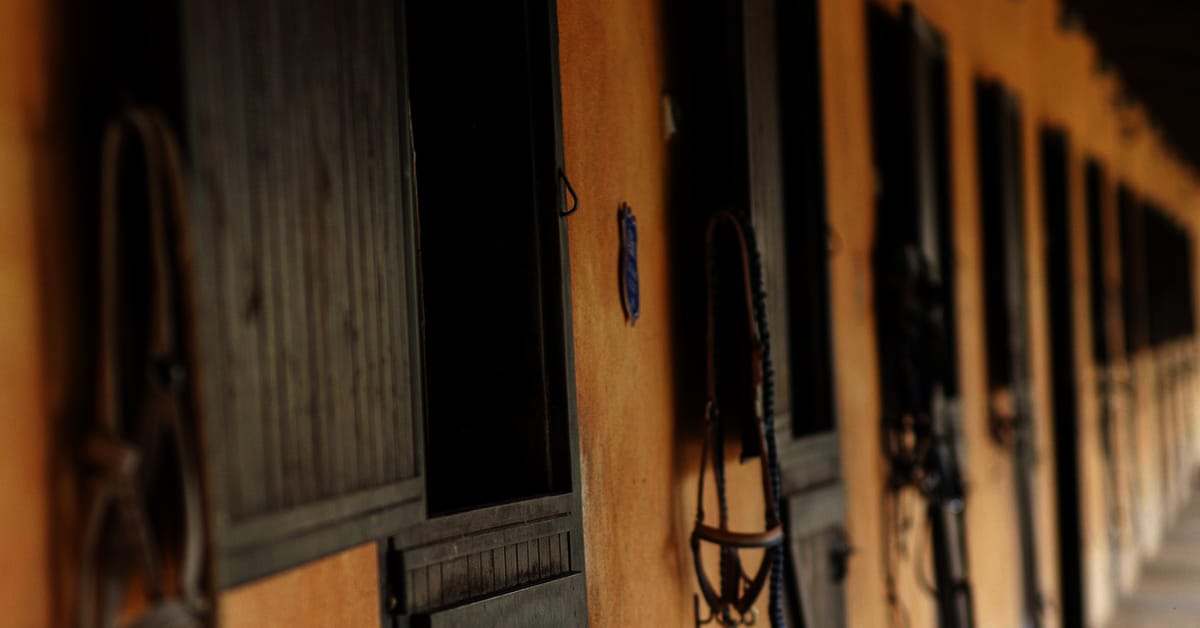The equine paranasal sinuses are a complex network of paired air-filled structures located in the skull that include the frontal, maxillary (rostral and caudal), conchal (dorsal and ventral) and sphenopalatine sinuses. Horses with disease of the sinuses may present with abnormal airway noise, nasal discharge, facial swelling and, in some cases, increased tearing and bulging of an eye. Diseases within the sinuses can occur via two main routes, either through the nasal passages or by communication of the upper cheek teeth to the maxillary sinus.
Diseases of the sinus are typically diagnosed via either endoscopy, radiography or computed tomography. Treatment of sinus disease is based on the primary diagnosis and may involve trephination (drilling) into the sinus to remove fluid and flush out the affected area, surgery to remove a cyst or mass or removal of teeth if dental disease is the primary cause of infection.
An eight-year retrospective at the University of Kentucky Veterinary Diagnostic Laboratory identified 79 cases with significant equine paranasal sinus pathology. Cases were submitted either as a biopsy from a live horse (60 cases), postmortem examination (17 cases) or cytology sample (two cases). Common reasons for case submission included nasal discharge, facial asymmetry or identification of a mass on radiography or computed tomography.

Computed tomography of the head showing loss of air filled spaces and bone within the sinuses.
Where reported, the average age was 11 years old (range of 1 day to 25 years). There was a relatively equal gender distribution (36 males and 37 females) and the most common breeds included Thoroughbreds (n=42) and Warmbloods (n=9). Cases were localized to the left (n= 28), right (n=33) or both sides (n=2) of the skull. Forty-two cases involved one sinus and 21 cases involved multiple sinuses. Distribution of sinuses was as follows: frontal (n=33), maxillary (n=32), rostral maxillary (n=8), caudal maxillary (n=7), conchal (n=5), sphenopalatine (n=6) and ethmoid (n=1). Disease processes were categorized as sinusitis (n= 39), paranasal sinus cyst (n=18), ethmoid hematoma (n=9), lesions secondary to ongoing dental disease (n=6), neoplasia (n=4), aneurysmal bone cyst (n=2) or other (n=1).
Sinusitis comprised the majority of cases, and infectious agents were cultured or microscopically identified in 10 cases. Seven cases identified bacterial pathogens (Escherichia coli, Streptococcus zooepidemicus and Fusobacterium necrophorum) and three cases identified pathogenic fungus (Aspergillus sp.). Formalin-fixed tissues were exclusively submitted in most cases, which inhibited microbial culture.
Case histories tended to indicate the presence of chronic infections that extended from months to years, and the horses often had a long history of antimicrobial treatment. Five cases reported tooth removal four months to one year prior with subsequent development of sinusitis. The frontal and maxillary sinuses were the most reported locations.
Paranasal sinus cysts occurred most in horses younger than 4. Sixteen cases were diagnosed from biopsy submissions and two on postmortem examination. Postmortem cases indicated a chronic history that failed to respond to treatment or invasion of surrounding bone and dental tissue. Frontal and maxillary paranasal sinuses were the most common locations.
Ethmoid hematomas, now referred to as equine progressive hemorrhagic nasal polyps, are a well-documented entity composed of proliferative granulation tissue (proud flesh) with variable inflammation and chronic hemorrhage. Ethmoid hematomas typically arise from the ethmoidal submucosa but can arise from anywhere and may extend into the paranasal sinuses. These are non-cancerous masses that progress in size over time and are often associated with blood-tinged nasal discharge and reduced airflow. In this retrospective, all horses were over 6 years old except one yearling.
In six cases, oral pathology with extension to the paranasal sinuses was reported. These included odontoma (a benign dental tumor; n=3), odontogenic hamartoma (a benign dental proliferation; n=1) and orosinus diastema (communication between the tooth socket and sinus cavity; n=2). Finally, single cases of neoplasia (cancer) were comprised of a neurogenic carcinoma, osteoma, poorly differentiated sarcoma and adenocarcinoma. Aneurysmal bone cysts were identified in a yearling and perinate. One case was determined to be a chronic reactive process with the inciting cause no longer apparent.
In summary, diseases of the equine paranasal sinuses continue to be a common reason for biopsy and a relatively uncommon cause of euthanasia. Sinusitis is the most recognized condition with a combination of bacteria and/or fungal agents often associated with infection.
The Latest
